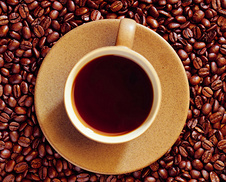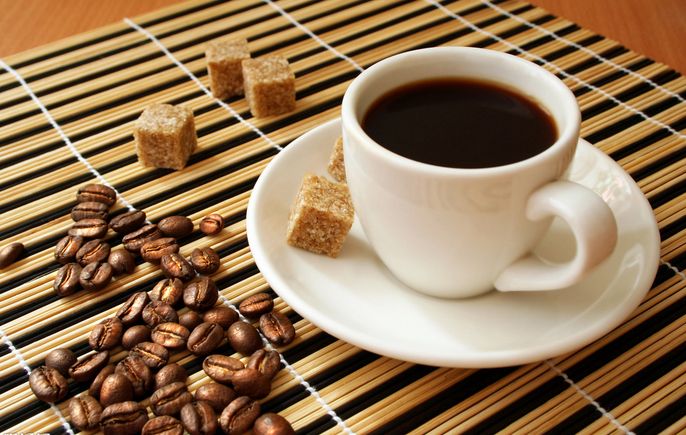Basic knowledge of testing coffee cupping for coffee cups
Follow the caf é (Wechat official account vdailycom) and found that Beautiful Cafe opened a small shop of its own.
Coffee cup testing is a compulsory course for coffee roasters. Only by mastering the knowledge of cup testing, can we better combine different coffee beans and produce different tastes and characteristics. Cup testers will use professional scoring forms to evaluate each cup of coffee and grade coffee to identify the quality and characteristics of coffee beans.
The odor intensity of Aroma instant coffee
Alcohol thickness (Body) is the weight of coffee in the mouth.
Flavor is the taste of coffee in the mouth when it enters the mouth, like red wine.
Acidity) the style in which coffee is sour, such as mild or sharp.
Sweetness (Sweetness) is the sweetness intensity of coffee liquid retained in the mouth.
Aftertaste is the flavor and smell left after coffee is tasted and vomited in the mouth.
Authoritative organizations such as SCAA and COE have more standards and requirements for cup testing, such as "Fragrance", "uniformity", "clean cup", "mouth feel", "overall", "taint", "fault" and so on.

In addition to the criteria for evaluation, there are also regulations on the ratio of coffee beans to water during cup testing.
Water ratio: 8.25g coffee beans with 150ml water, the water temperature should be 92.2C-94.4C
Cup test cup: toughened glass or ceramic materials should be used
Cup test capacity: between 207ml and 266ml
Cup height: 5 to 9 cm
Diameter of cup mouth: 76-89mm, all cups should be made of the same volume, size and material, with lid.
Cup test spoons: to use antistatic metal material (mostly stainless steel), each spoon capacity can have 4-5ml.
Of course, there are standards for roasting coffee beans, including the size of the beans grinded when the cup is measured, the size of the beans within 24 hours, and even the size of the room when the cup is measured, the size of the table, the ventilation in the room, and the water quality of coffee brewing. Maximum controllable factors are set within a range, as far as possible so that the quantity and quality measured by the cup is objective.
Important Notice :
前街咖啡 FrontStreet Coffee has moved to new addredd:
FrontStreet Coffee Address: 315,Donghua East Road,GuangZhou
Tel:020 38364473
- Prev

Coffee 7 mistakes one by one
Pay close attention to coffee comment (Weixin Official Accounts vdailycom ) and find that coffee is a daily drink for everyone to open a small shop in a beautiful coffee shop. There have been many disputes about the advantages and disadvantages of drinking coffee. Some people think coffee is not good for health, while others think proper coffee is good for body and mind. 7 common misconceptions about coffee
- Next

The aroma of boutique coffee
Following Kaiping (official Wechat account vdailycom) found that the honey aroma of Beautiful Cafe opened its own shop omitting the step of the fermentation tank, and coffee producers began to mechanically replace enzymes and microbes out of the mucous membrane. The machine is called mucous membrane remover or washing pulp collector, and its prototype has been developed as early as half a century ago. Using this machine, as long as
Related
- Beginners will see the "Coffee pull flower" guide!
- What is the difference between ice blog purified milk and ordinary milk coffee?
- Why is the Philippines the largest producer of crops in Liberia?
- For coffee extraction, should the fine powder be retained?
- How does extracted espresso fill pressed powder? How much strength does it take to press the powder?
- How to make jasmine cold extract coffee? Is the jasmine + latte good?
- Will this little toy really make the coffee taste better? How does Lily Drip affect coffee extraction?
- Will the action of slapping the filter cup also affect coffee extraction?
- What's the difference between powder-to-water ratio and powder-to-liquid ratio?
- What is the Ethiopian local species? What does it have to do with Heirloom native species?

